6 Tips for Keeping Your Pearls Beautiful Over Time

If taken care of properly, pearl jewelry can be a valuable heirloom passed down for generations. Proper storage of pearl jewelry is essential in maintaining its longevity, luster, and overall appearance. This article provides guidelines on the best practices for storing pearl jewelry to ensure they remain in excellent condition.
Why Proper Storage Matters
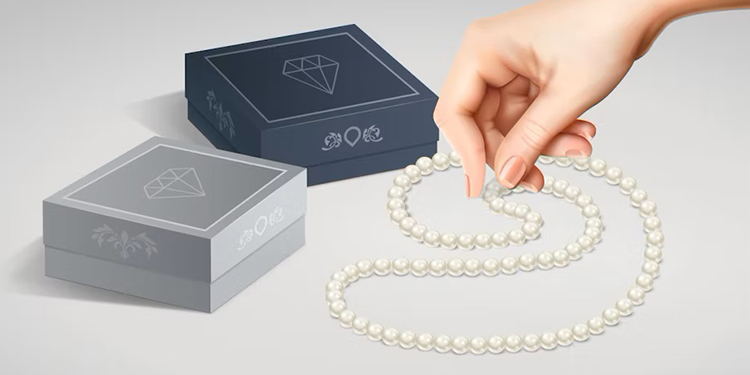
Pearls are delicate and can easily get scratched, chipped, or discolored if not stored properly. They are also susceptible to damage from exposure to light, air, heat, and humidity.
The main component of pearls is calcium carbonate and organic protein. Their chemical stability is poor and not as good as other jewelry, such as gold, silver, diamonds, and jade, which have good stability. When exposed to acids, organic solvents, and other substances, the nacre of the pearls (the lustrous layer that covers the pearl) breaks down easily, and the pearl may lose its shine and luster. Additionally, some chemicals, such as cosmetics and perfumes, can damage the nacre and cause the pearl to discolor.
Therefore, pearls require extra care and maintenance, and precious high-grade jewelry needs daily maintenance. Only in this way can pearls extend their service life and create beauty for humanity. Daily attention should be paid to six aspects of pearl jewelry maintenance.
Anti-Corrosion
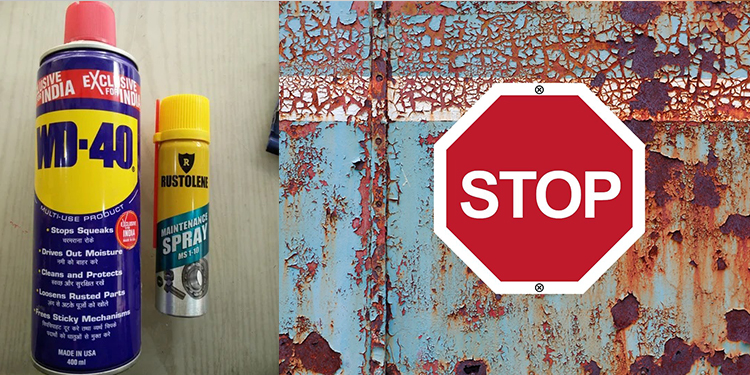
Acids easily decompose the calcium carbonate in pearls. It is essential to avoid exposing pearls to acidic liquids such as vinegar, toiletries such as perfume, shampoo, and hair mousse, or organic solvents such as alcohol, formaldehyde, and gasoline. These substances may damage the pearl's nacre layer, which can damage the pearl's luster. If pearls accidentally come into contact with these substances, do not wash them with water or other detergents. Instead, use a sheepskin or soft cloth to wipe them clean as soon as possible, avoiding using tissues as rough tissues can scratch the pearl layer and affect the pearl's luster.
Avoid washing with water
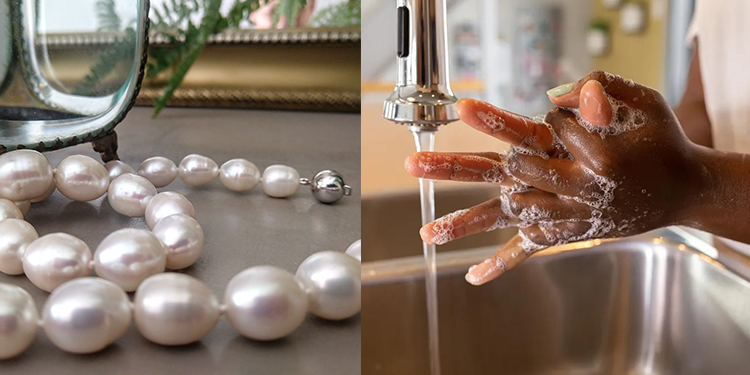
Some people may like to wash the dirt off the surface of pearls with water, but this is actually a mistake. Pearls have extremely fine pores on their surface, and when soaked in water, the water can seep into the interior of the pearls through the pores. Even though the surface of the pearl may be wiped dry, there may still be moisture inside. Particularly when the temperature is high, the moisture inside the pearl can cause fermentation and bacterial growth, which can be harmful to human health and also have a corrosive effect on the pearls. If pearls accidentally fall into the water, they should be quickly removed and wiped dry, then placed in a well-ventilated and dry environment to air-dry. In addition, during the summer, when the temperature is high, and the weather is hot, the human body produces more sweat, so it is not advisable to wear pearl necklaces, bracelets, or other pearl jewelry.
Avoid exposure to smoke and oil
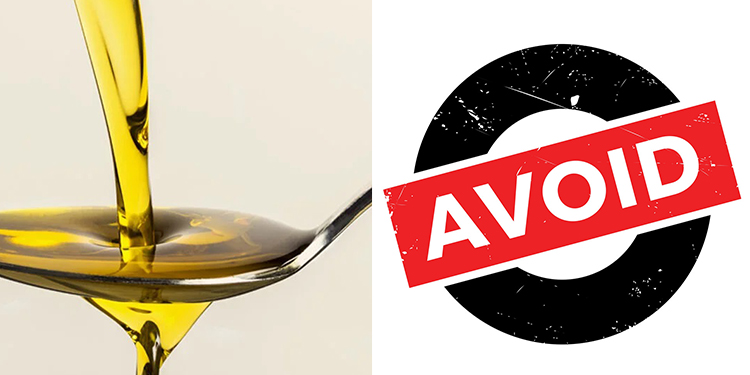
Just like avoiding washing pearls with water, the tiny pores on the surface of pearls can also absorb pollutants such as smoke and dust in the air, causing pearls to become oily and dirty. This not only affects the comfort of wearing pearls but, more seriously, smoke and vapors absorbed by pearls can accelerate their aging, causing them to turn yellow. The kitchen is the main source of smoke, so it is important to remove all pearl jewelry before entering the kitchen to cook and place them in a clean and safe environment.
Avoid exposure to sunlight
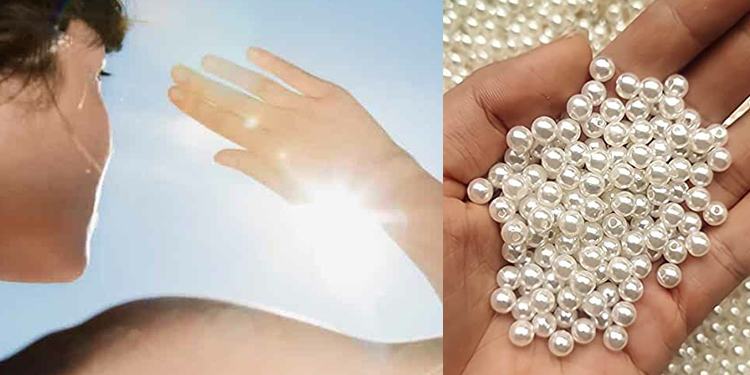
The main component of pearls is calcium carbonate, which is vulnerable to prolonged exposure to sunlight. Even the toughest rock will eventually become loose and brittle after being exposed to wind, rain, and intense sunlight. Prolonged exposure to sunlight can cause the layers of saltwater pearls to peel off and freshwater pearls to develop cracks. This can cause pearls to lose their value and become unusable. In addition, pearls contain very little moisture, so exposure to sunlight can cause them to become dehydrated, accelerating the aging process. Therefore, during hot summer days, it is best to avoid wearing pearl jewelry and store them in a cool, ventilated place.
Prevent scratches from hard objects
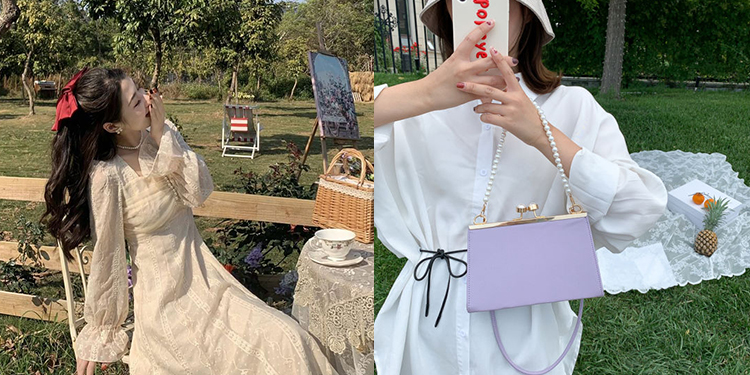
Although pearls have a hard texture, the layers on the surface of the pearls can easily be scratched by sharp objects, leaving unsightly marks and affecting their appearance. Therefore, when wearing pearl necklaces, it is important to choose to clothe made of softer materials and avoid clothing with metal zippers, as rough fabrics or metal zippers can accidentally scratch or damage pearls. In addition, when not wearing pearls, they should be stored separately and not placed together with other precious metals such as gold or silver. The soft cloth is recommended for wrapping and storing pearls.
Avoid storing pearls in airtight containers
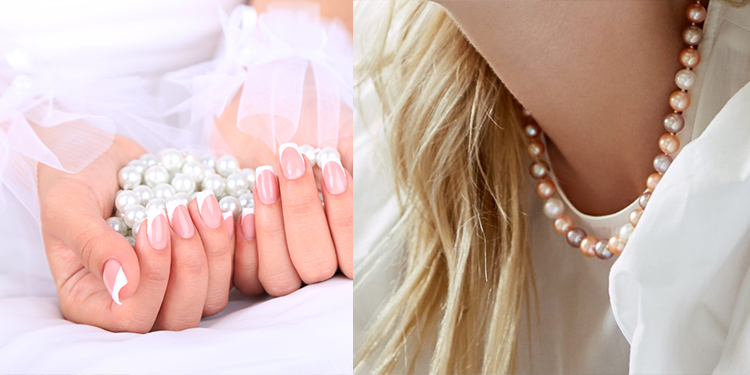
The tiny pores on the surface of pearls allow for air circulation between the inside and outside of the pearl, which can help prevent mold growth and accelerate pearl aging. Therefore, if you do not wear pearl jewelry for an extended period of time, it is important not to store pearls in plastic bags or airtight containers such as wooden boxes or safes. Pearls will yellow faster in environments with less air circulation. The correct method of storing pearls is to wrap them in a breathable cloth and keep them in a cool, ventilated place.
Conclusion

Proper storage and maintenance of pearl jewelry are crucial to keep them in excellent condition for years to come. Pearls are delicate and require extra care to avoid damage from external factors such as exposure to light, air, heat, and humidity. Storing pearls separately is also important to prevent scratches and damage from other jewelry. While aging and yellowing cannot be avoided, re-bleaching can help remove some of the yellowing, but it is not a guaranteed solution and can cause permanent damage if not done correctly. The best way to ensure the longevity and beauty of your pearls is to take care of them from the start and follow these best practices for storing and maintaining them.


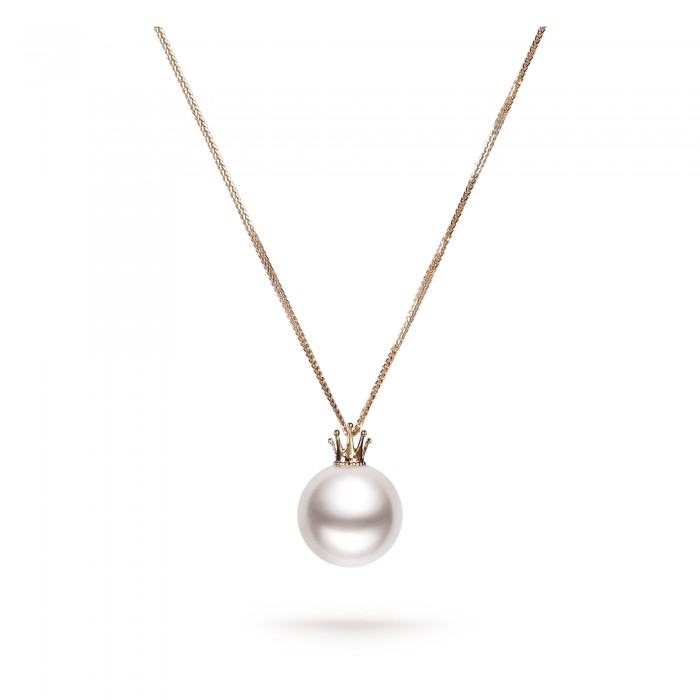
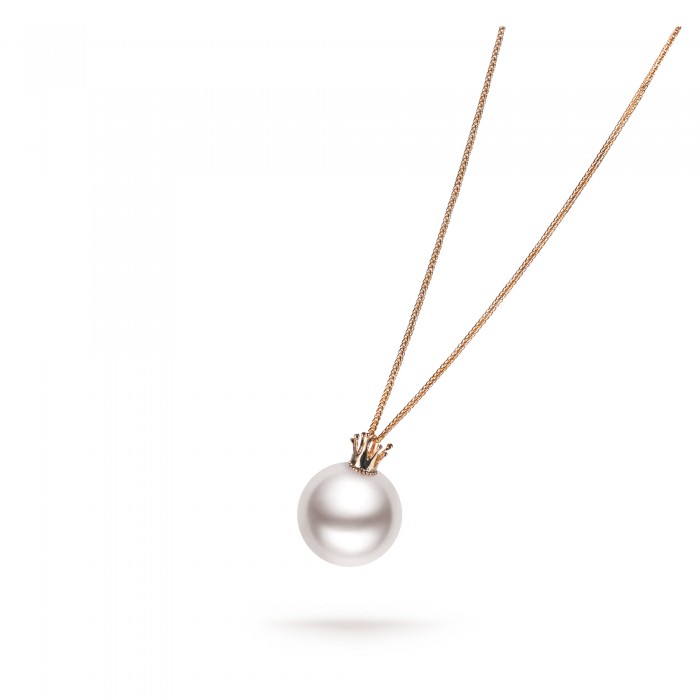
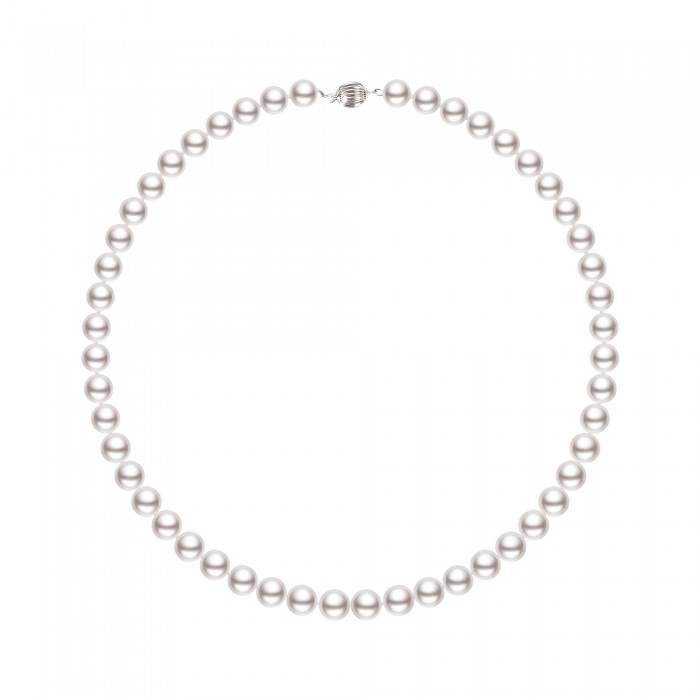
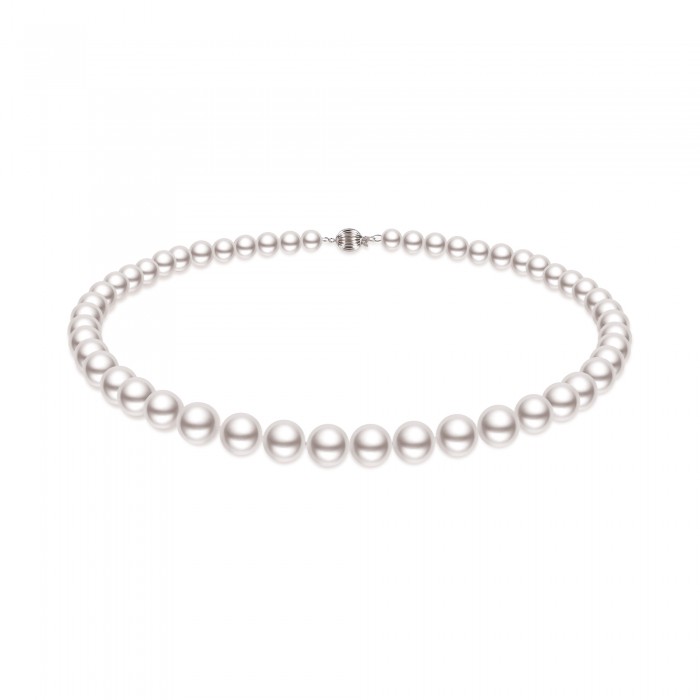
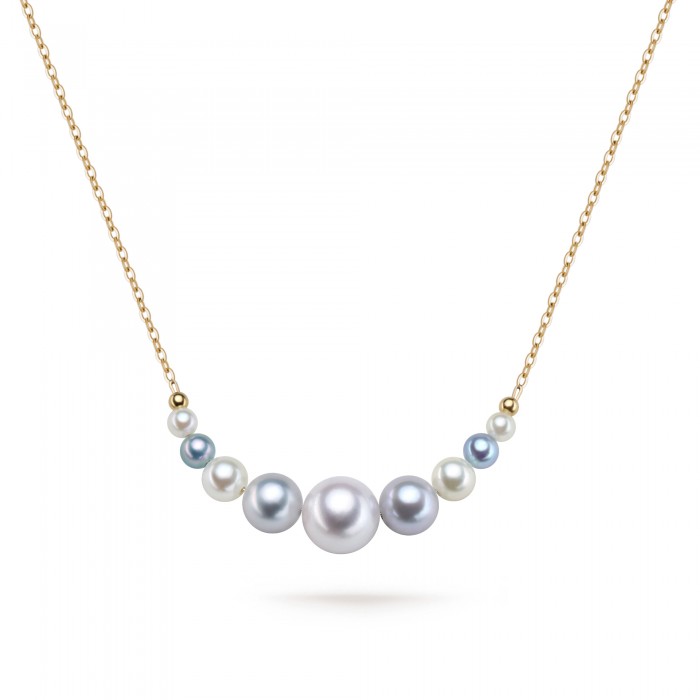
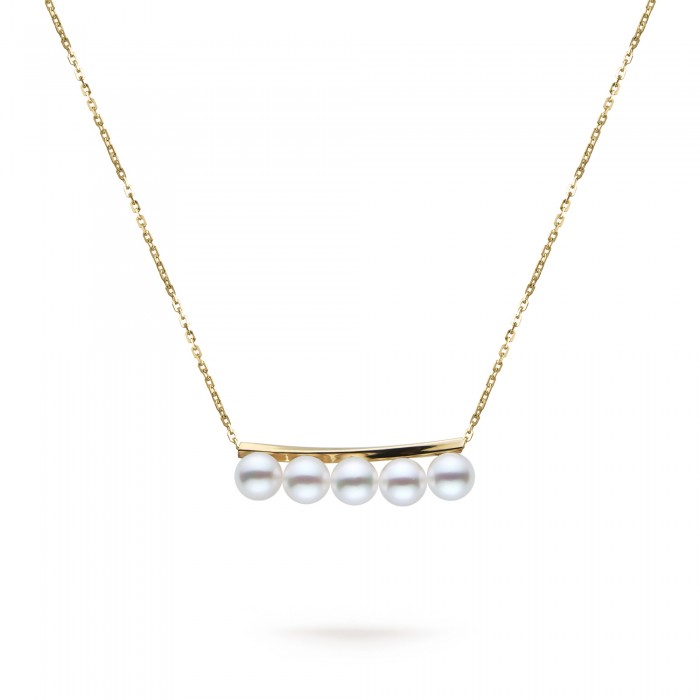
Leave a Comment